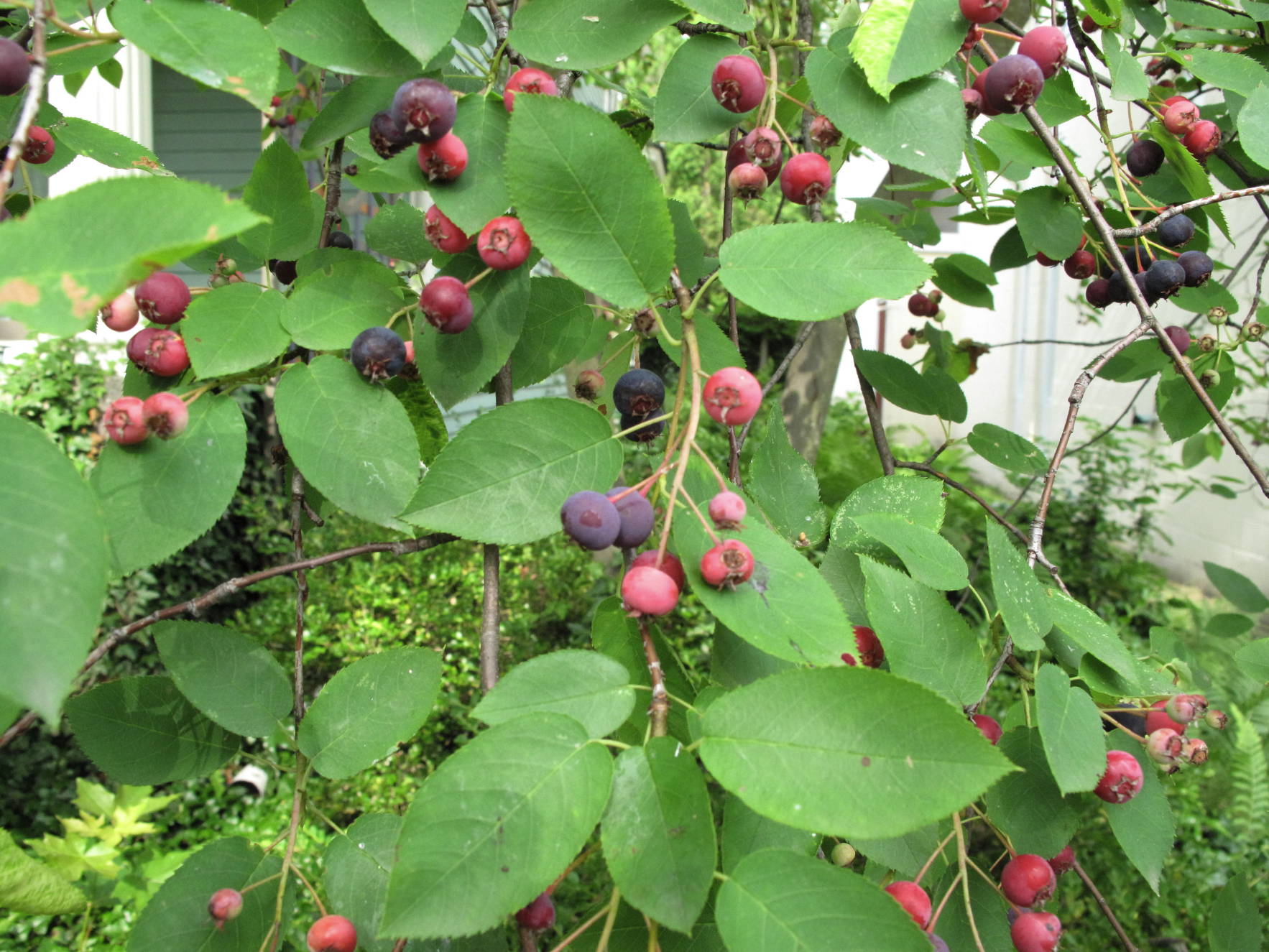Imagine biting into a crisp, juicy fruit, plucked fresh from a tree in your backyard. But this isn’t just any fruit; it’s a taste of Oregon’s natural heritage, a connection to the land and its unique biodiversity. Oregon's native fruit trees offer a fascinating glimpse into the region's ecological past and present, providing both delicious fruit and vital support for local wildlife.
Oregon's native fruit trees, such as the Oregon crabapple, Pacific plum, and red huckleberry, are more than just sources of sustenance; they are integral components of the Pacific Northwest ecosystem. These trees have co-evolved with local wildlife, providing food and shelter for birds, insects, and mammals. Understanding the role these trees play in the larger ecosystem is key to appreciating their true value.
Cultivating Oregon's indigenous fruit trees offers a unique opportunity to connect with the region’s natural history. Long before European settlers arrived, Indigenous peoples cultivated and relied on these fruit-bearing trees. These trees represent a living link to Oregon's past, offering a tangible connection to the traditions and practices of earlier generations.
Whether you're a seasoned gardener or just starting out, incorporating Oregon's native fruit trees into your landscape can be a rewarding experience. From the vibrant colors of the Oregon crabapple blossoms in spring to the sweet taste of Pacific plums in late summer, these trees offer a year-round spectacle of nature's beauty. Moreover, they provide a sustainable and locally-sourced food option.
This guide delves into the world of Oregon's native fruit trees, exploring their history, benefits, cultivation techniques, and the challenges they face. Discover the unique flavors and ecological significance of these remarkable trees and learn how you can contribute to their preservation.
The history of Oregon native fruit trees is deeply intertwined with the Indigenous peoples of the region. Tribes like the Kalapuya and Chinook relied on these trees for food, medicine, and tools. The fruits were often dried and preserved for winter use. The arrival of European settlers brought new varieties of fruit trees, but many native species continued to be valued for their resilience and adaptability to the local climate.
One of the primary benefits of growing Oregon native fruit trees is their contribution to biodiversity. They attract pollinators like bees and butterflies, and their fruits provide food for birds and other wildlife. They are also generally more disease-resistant and require less water than non-native species, making them a sustainable choice for home gardeners.
Examples of Oregon native fruit trees include the Oregon crabapple (Malus fusca), known for its small, tart apples; the Pacific plum (Prunus subcordata), which produces sweet, purplish-red plums; and the red huckleberry (Vaccinium parvifolium), a shrub that yields small, tart berries perfect for jams and jellies.
If you're interested in planting Oregon native fruit trees, research which species are best suited to your specific location and soil type. Proper spacing and pruning are essential for healthy growth and fruit production. Consult local nurseries or gardening experts for advice on choosing and caring for your trees.
One challenge faced by some Oregon native fruit tree populations is habitat loss due to development. Supporting conservation efforts and planting native trees in your own yard are ways to help preserve these valuable species.
Advantages and Disadvantages of Oregon Native Fruit Trees
| Advantages | Disadvantages |
|---|---|
| Support local biodiversity | Fruit may be smaller or less sweet than commercially grown varieties |
| Disease-resistant and require less water | Limited availability of some species |
| Provide food for wildlife | May require specific growing conditions |
FAQ: Are Oregon native fruit trees difficult to grow? No, many are quite adaptable, but choosing the right species for your location is crucial.
FAQ: Where can I purchase Oregon native fruit trees? Check local nurseries specializing in native plants.
In conclusion, Oregon’s native fruit trees are a valuable asset to the state’s natural heritage. They offer a unique combination of ecological benefits, historical significance, and delicious fruit. By understanding their importance and taking steps to cultivate and protect them, we can ensure that these remarkable trees continue to thrive for generations to come. Whether you're a seasoned gardener, a nature enthusiast, or simply looking for a way to connect with the local environment, exploring the world of Oregon's native fruit trees is a rewarding endeavor. Embrace the opportunity to cultivate a piece of Oregon's natural history in your own backyard.
oregon native fruit trees - Trees By Bike
Serviceberries or Juneberries Or Sugarplums Shadberries or - Trees By Bike
oregon native fruit trees - Trees By Bike
Wombat berry is an evergreen vine native to Malanesia the Pacific - Trees By Bike
Tree California Identification at Robin Pierce blog - Trees By Bike
oregon native fruit trees - Trees By Bike
Mikease ClearanceProtective Cover Bird Netting Heavy Duty Garden Net - Trees By Bike
Getting Started with Central Oregon Native Plants - Trees By Bike
Edible Berries of the Pacific Northwest - Trees By Bike
Motorcyclist dies after collision with pickup truck in NE Salem - Trees By Bike
Best Fruit Bearing Trees In The Philippines at Mireya Amaro blog - Trees By Bike
Pet Netting for Balcony Splint Pan Netting Roughing It in The Bush Gnat - Trees By Bike
oregon native fruit trees - Trees By Bike
Identify Trees with Pictures - Trees By Bike
Fruit Trees Squirrel Netting for Fruit Trees Heavy Netting Midge Net - Trees By Bike













